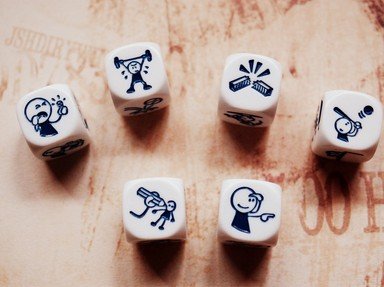Quiz Answer Key and Fun Facts
1. File this under "kindness can be cruel": in 1918, during World War I, a British Private could have changed history and possibly prevented the advent of the Second World War by performing what otherwise cowardly act?
2. While not the only entrant in the Bard's revisionist history file, which much maligned Shakespearean king was based on a real Scottish king who ruled from 1040-1057 and was accorded "fair and just"?
3. File this under "it might be funny if it wasn't so tragic": what normally slow moving liquid caused a flood on the streets of Boston on January 15, 1919 that killed 21 people and injured hundreds of others?
4. From the file of "things that were not part of my economics curriculum", scientific studies have found that a surprising number US currency notes contain trace amounts of cocaine. What percentage of bills tested in a major 2009 study were shown to contain the illegal drug?
5. File this under "excessive gratitude for a job well done". According to legend, when Shah Jahan gazed upon the magnificence that was the Taj Mahal, what reward did he bestow upon the workmen who created the palace?
6. From the "not in my history book" file, which of the following unlikely places have Roman coins been found?
7. Filed under the category of "we could only have hoped", what profession did the brutal Soviet dictator Josef Stalin originally study for at school?
8. File this under "now I understand Prince Charles". What type of establishment graced the land where part of modern-day Buckingham Palace stands?
9. From the wishful thinking file, what did the 1928 Kellogg-Briand Pact outlaw between nations?
10. File this under "cheaters never prosper". Art forger Han van Meegeren sold some of his fake Dutch master artwork to Herman Goering. After the Second World War, van Meegeren was charged with selling Dutch national treasurers as a war collaborator. What unusual defense did van Meegeren offer to avoid the capital sentence?
Source: Author
adam36
This quiz was reviewed by FunTrivia editor
Pagiedamon before going online.
Any errors found in FunTrivia content are routinely corrected through our feedback system.

